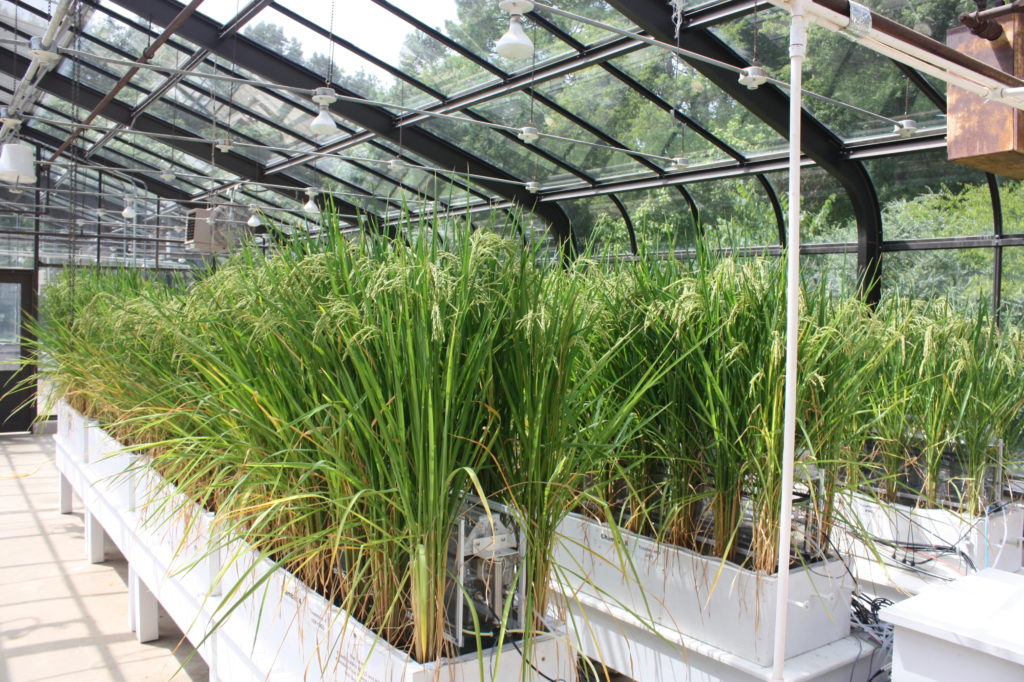
More than 50% of applied nitrogen is not utilized by plants and lost from the soil-plant system, which not only causes an economic cost to farmers but also environmental pollution. The losses are in the forms of reactive species including nitrate, ammonium, ammonia, nitrous oxide, nitric oxide, and more. These nitrogen forms are responsible for causing environmental pollution and health hazards for humans and animals. Nitrate leaching causes groundwater contamination and eutrophication; ammonia emissions cause human health hazards; nitrous oxide is a greenhouse gas, which is 265 times potent compared to carbon dioxide and responsible for global warming and stratospheric ozone depletion; and nitric oxide depletes the ozone layer.
Despite availability of several alternative fertilizers and application methods, nitrogen use efficiency is still very low. IFDC works to develop enhanced efficiency fertilizers such as slow or controlled release fertilizers, coated fertilizers, and products that use nitrification or urease inhibitors. These fertilizers can increase crop yields while increase nitrogen use efficiency.
Recently, our research team at IFDC HQ with support of USAID’s Bureau for Resilience and Food Security (RFS), conducted a study to compare effectiveness of a nitrification inhibitor, dicyandiamide (DCD), against other conventional fertilizers, including granular urea, potassium nitrate, and briquetted urea, on mitigating emissions of nitrous oxide and nitric oxide, increasing nitrogen use efficiency and yields of direct seeded rice.
A high-frequency measurement of nitrous oxide and nitric oxide emissions was conducted using the automated continuous measurement system developed by IFDC. Results demonstrated that DCD was as effective as urea deep placement in reducing nitrous oxide emissions and increasing nitrogen use efficiency. DCD reduced emissions by 73% and increased nitrogen use efficiency by 30% and rice yields by 20%, compared to conventional split application of granular urea.
This study confirms that both DCD and urea deep placement could be an effective strategy to mitigate nitrous oxide emissions, reduce reactive nitrogen loads to the environment, and increase nitrogen use efficiency and yields of direct seeded rice.
Research was conducted under the Feed the Future RFS Soil Fertility Technology Adoption, Policy Reform and Knowledge Management project.
Read the full article at ScienceDirect.



